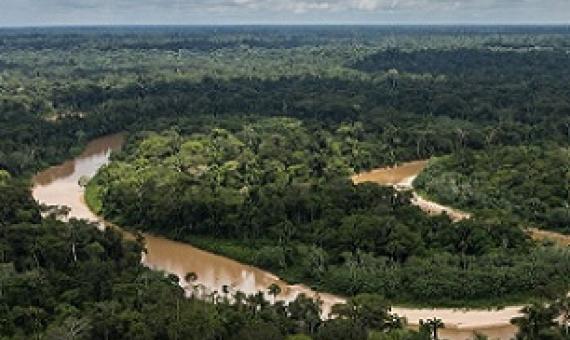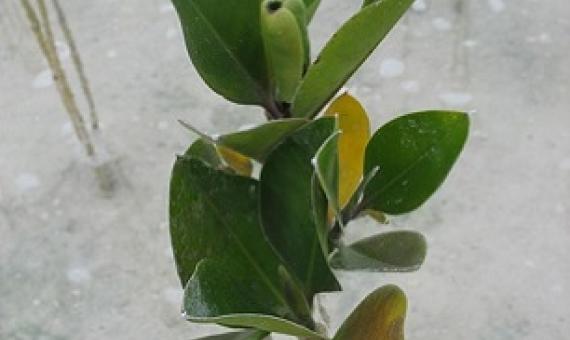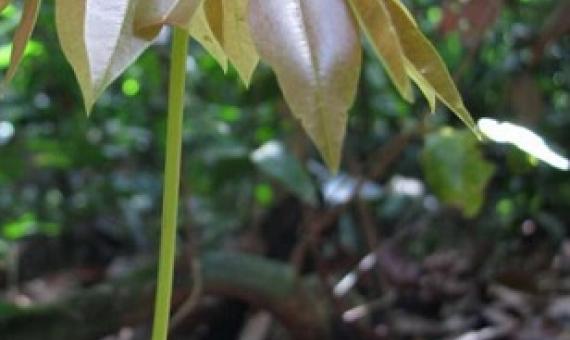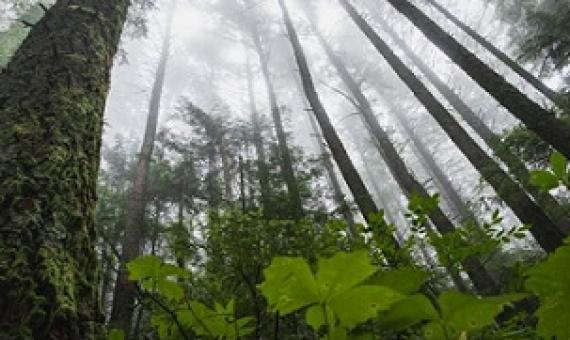The finding comes out of an effort to map where vegetation is emitting and soaking up carbon dioxide from the atmosphere...The research found that over the course of those two decades, living woody plants were responsible for more than 80% of the sources and sinks on land, with soil, leaf litter,
New research from James Cook University shows mangroves are doing a lot of the heavy lifting in storing carbon and their importance may increase as climate change impacts increase.
A global analysis reveals for the first time that across almost all tree species, fast growing trees have shorter lifespans.
Forests are thought to be crucial in the fight against climate change—and with good reason.










